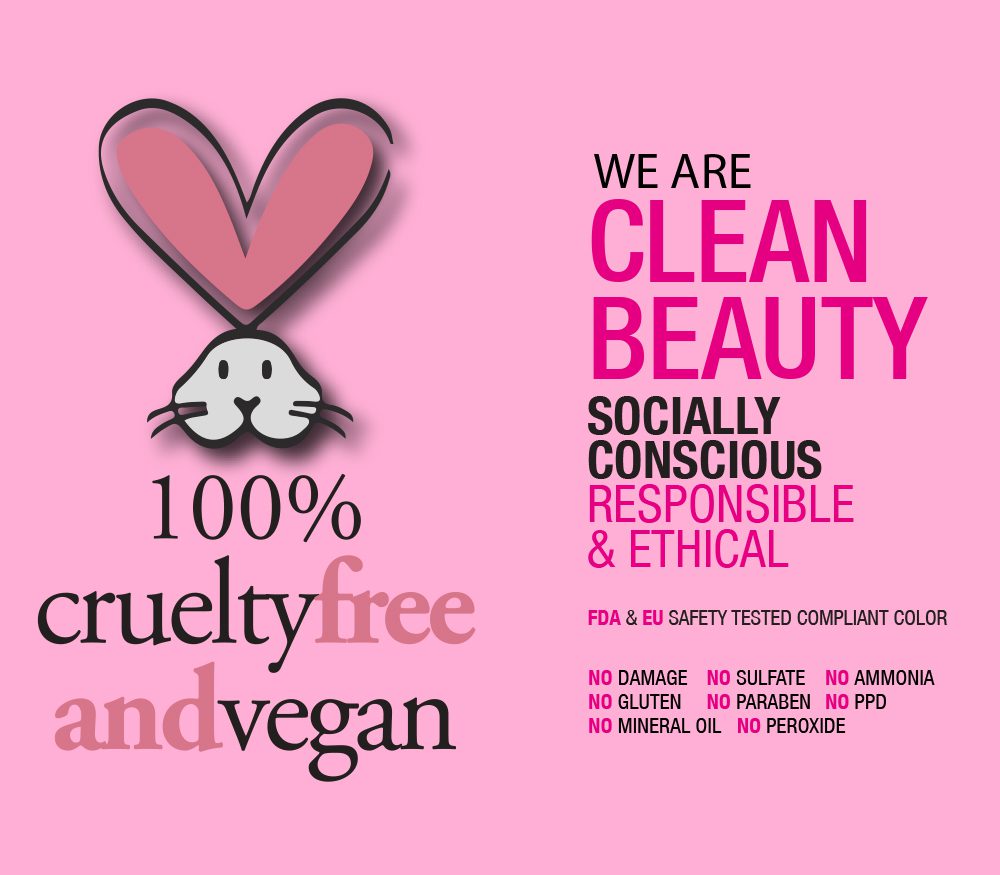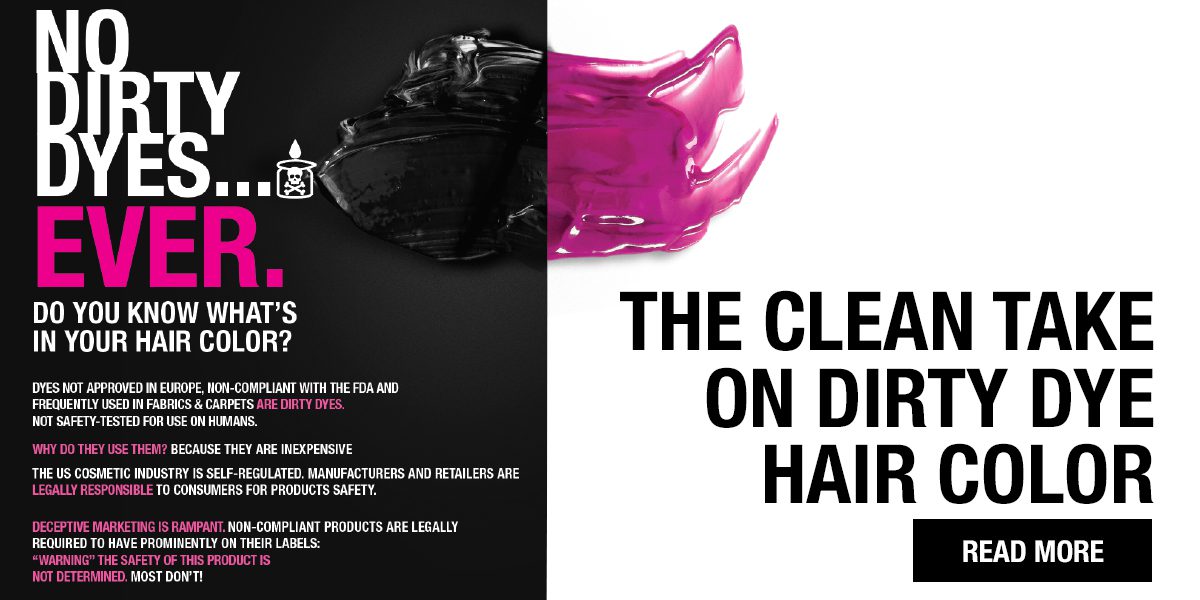The Clean Take on Dirty Dye Hair Color
Leland Hirsch, CEO No Fade Fresh
What’s in Your Hair Color, and What are the Claims?
The Clean Beauty Movement has avoided scrutiny in the hair color category. However, No Fade Fresh CEO, Leland Hirsch predicts that “Clean Hair Color” will be the new personal care trend for 2021, as post-Covid consumers focus on overall wellness, understanding the ingredient label, and consuming products that are safe and effective. He states, “The industry is likely to mimic food standards that emphasize minimal ingredients, maximum results, and certainly not the inclusion of ‘Dirty Dyes’ that were not intended for personal care products and have no safety data testing.”

The hair color category currently contains products that have a number of chemicals not understood by retail buyers and regulatory departments, let alone consumers.
‘Natural,’ ‘cruelty-free,’ and ‘vegan’ hair color claims exist, but the “Dirty Dyes” these products may contain are not fully understood. Due to a law dating back to 1938, hair dyes are exempt from the certification required for other colorants used in cosmetics. This opens an opportunity for unethical companies to use dyes that are intended for textiles and other industrial uses.
Hair dyes are among the most thoroughly assessed and internationally regulated cosmetic products on the market. However, dyes that are used in textiles and other industries can be found in products on the retail shelves and websites. “Dirty Dyes” are dyes that do not have safety dossiers for safe use on humans. If the data does not exist, the risk is unknown.
Cindy Orr VP of our Chemistry Department engaged two independent leading hair color toxicology authorities, both of whom have extensive experience and are specialists in dyes safety, that have qualified and worked with us on what dyes have safety data packages and which dyes don’t have safety data packages that are used in textile dyes, which are not marketed to be used in hair color.
The cosmetic industry in the United States is self-regulated, which puts legal responsibility ensuring the safety of products on the manufacturer, without any oversight or FDA approval (FDA is a compliant organization, but it is the manufacturer’s responsibility). What the FDA relies on is that the manufacturers will self-regulate, and make sure the ingredients have safety data packages. Many companies don’t. Additionally, if you don’t have safety data packages, you are responsible to use the warning label ON THE FRONT OF THE BOTTLE with the following statement: “Warning – The safety of this product has not been determined,” which is not a customer safety guarantee.
According to the FDA, they “often receive questions about the safety and regulation of hair dyes.” The clear answer about the safety of dyes is the 1938 FD&C Act exempted coal-tar hair dyes from FDA approval, stating they must only contain the patch test statement: “Caution – This product contains ingredients which may cause skin irritation on certain individuals and a preliminary test according to accompanying directions should first be made. This product must not be used for dyeing the eyelashes or eyebrows; to do so may cause blindness,” which is also alarming.
Overall, multinational and ethical manufacturers use hair dyes that are fully tested and safe for use (meaning they have complete dye safety profiles). However, digital and Direct-to-Consumer Ecommerce companies, and other companies that do not have hair color experience, become the biggest offenders of using these inferior ‘Dirty Dyes,’ as well as deceptive marketing with no warning on the front of the bottle.
The EU/European Union is much more stringent and will not permit hair color products that do not have dye safety profiles, and will not be permit them to be sold in Europe.
Producing alternative healthy hair color products falls on each manufacturer to be ethical and not use ‘Dirty Dyes.’ “Why they do use Dirty Dyes, quite honestly, is because they are cheap and might be effective. But, let’s remember that many people use shampoos and conditioners that have color in them on children and animals. They’ll make a little girl’s hair pink because it’s cute. But, it is so unethical to not use quality, safety tested dyes,” says Leland.
“We created plant-based products that shampoo, condition, add color to stop fade, and repair hair all in one. No other brand has our patented technology, depth of color deposit, or breadth of choice of vivid, pastel and natural colors in bond-rebuilding shampoos and conditioners,” states Hirsch. “We made a financial commitment to safety because our products are sold and distributed throughout the world, online, professional hair salons, beauty supply stores and mass retailers. What differentiates our products, and makes them safe, is that they are free of sulfates, parabens, peroxide, PPD, ammonia, gluten and are 100% cruelty-free. The dyes contained within No Fade Fresh’s hair color products have been safety tested and approved by independent scientists for use on humans, and other hair color companies do not make this investment.”

